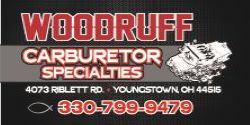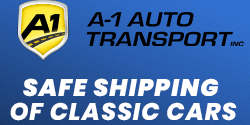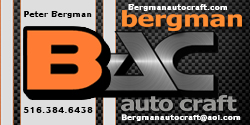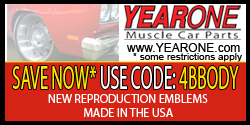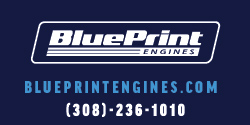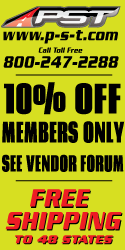This is a complicated subject. The first thing to decide is what he wants to do with the car. If he wants straight line acceleration, that's a different setup than for cornering. I don't know much about straight line setup, so I won't discuss it.
For cornering, the tires are the key factor, before suspension components. Sticky rubber makes a big difference. When I updated my car, I wound having to buy 18" wheels and tires to get the high performance (sticky) tires that I wanted. I wound up with Michelin Pilot Sport 4s tires in P285/35R18 rear and P245/40R18 front. The lower sidewall makes the tire much stiffer and is quite noticeable.
For suspension, the first order of business it to make sure the suspension components, especially things like ball joints, tie rod ends, and bushings are in good condition, as mentioned by R413 in message 14. If they aren't, the car will never handle well. As also mentioned in message 14, the stock power steering always feels loose because of the high boost and the fact that the original steering box will be pretty worn. A Borgeson upgrade (via Bergman Auto Craft, advertiser on this site) will make a big difference.
Now to finally get to your question about torsion bars, sorry for the digression. I would try your torsion bars to see if there is a noticeable difference. Spring rate is very sensitive to torsion bar diameter (the spring rate is proportional to the fourth power of diameter), so it can make a surprising difference. When I updated my suspension, I went from stock (0.88" diameter, about 110 lb/inch wheel rate, to 1.00" diameter, about 200 lb/inch wheel rate, an increase of about 80% stiffer. That combined with the low profile tires I switched to, made for a much stiffer ride. If I change the torsion bars again, I will be going to a somewhat softer torsion bar. Note that Kern Dog has much bigger torsion bars then I do and is happy with them, this is mostly just a preference in how you like your car to ride. The critical thing with torsion bar rate is to make sure that your car does not bottom out the suspension if you hit a bump while going around a corner. With the stock suspension setup, this is not a big worry, as the factory engineered the system to prevent this. If you lower the car, you need to think about this, though.
In my opinion, to improve handling, large anti-roll (sway) bars are the critical item. They reduce your car's roll to the outside while cornering. A front anti-roll bar is pretty much necessary to help flatten out the car's roll. A rear bar will help reduce the car's tendency to understeer in corners.
If I was your friend, I would make sure the suspension components and bushings are in good condition, add the front anti-roll bar you are selling him, and swap to the slightly larger torsion bars you have. I would also make sure he has good tires. Since swapping the torsion bars isn't a big job (at least after you get the original ones out, I had quite a time getting one of mine out of the crossmember socket due to 50 years of rust), he can evaluate how the car handles at that point and decide if he wants to further increase the size of his torsion bars. He may also wish to look at stiffer rear springs at that point, as the goal is usually to have a balanced handling car.
One last item is a good front end alignment. If using radial tires, I would recommend Richard Ehrenberg's "skosh" chart for good numbers to use for the alignment. The stock numbers are for bias ply tires and don't work very well with radials.
Sorry for the long post, this is a topic I find interesting so I tend to go on about it. Hope it is of some help. Cheers!

